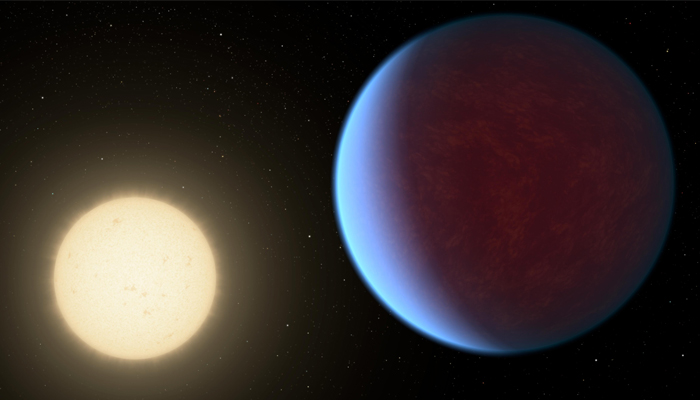WASP-107 b's atmosphere is puffy because of this phenomenon
Scientists solve mystery surrounding puffy planet's atmosphere
May 22, 2024

Scientists are no more puzzled about the newly-discovered fluffy or cotton-candy exoplanet WASP-107 b as they have reportedly solved the mystery surrounding its atmosphere, according to Nature.
The planet WASP-107 b is located at a distance of 200 light years away and is roughly equal to the size of Jupiter.
The findings suggest that the planet’s core is much warmer than expected, according to Newsweek.
The cotton-candy planet was first discovered in 2017 while it was making rounds around its axis star at a distance of 5.1 million miles — much closer to that of Earth.
Luis Welbanks, a researcher at Arizona State University and co-author of one of the papers, said in a statement: "Based on its radius, mass, age, and assumed internal temperature, we thought WASP-107 b had a very small, rocky core surrounded by a huge mass of hydrogen and helium."
"But it was hard to understand how such a small core could sweep up so much gas, and then stop short of growing fully into a Jupiter-mass planet."
David Sing, a professor of Earth and Planetary Sciences at Johns Hopkins University, and co-author of the other paper, said: "We want to look at planets more similar to the gas giants in our own solar system, which have a lot of methane in their atmospheres."
"This is where the story of WASP-107 b got really interesting because we didn't know why the methane levels were so low."
The James Webb Space Telescope’s data suggested that WASP-107 b has 1,000 times less methane than anticipated, making it very hot. It may have allowed the body to be such puffy and increase in size.









